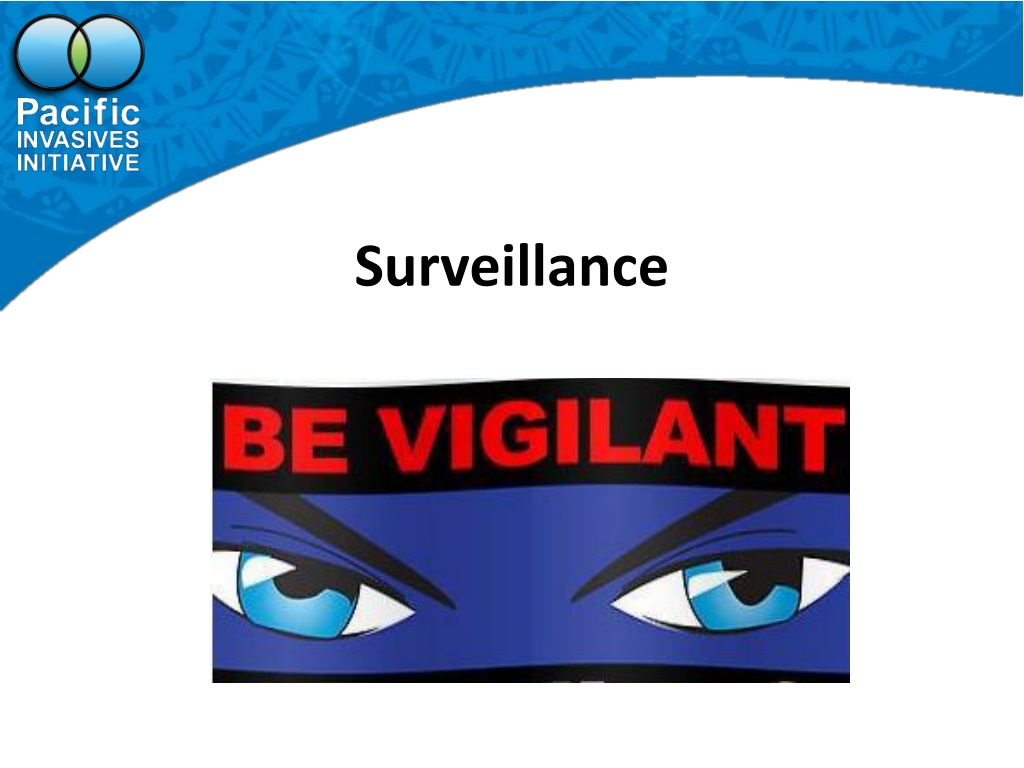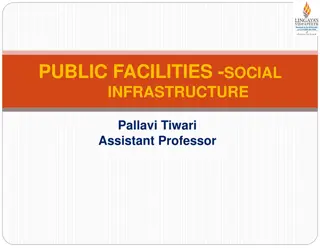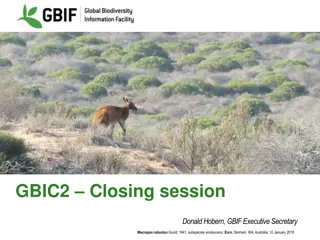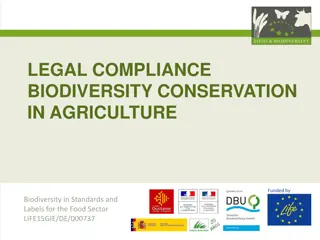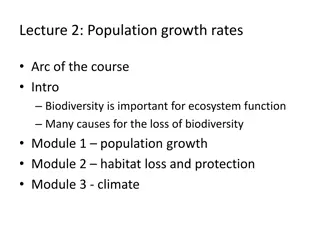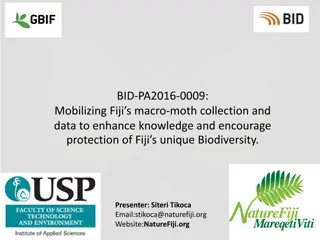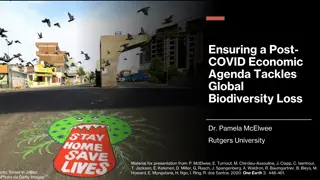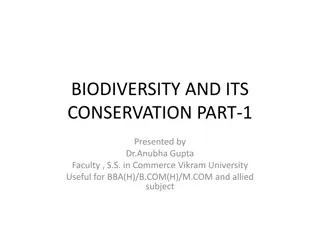Surveillance in Biodiversity Conservation
Surveillance plays a crucial role in biodiversity conservation by aiding in the early detection of new incursions and invasive species. It helps in limiting the spread of threats, identifying priorities for action, and assessing prevention system effectiveness through passive and active surveillance methods. Proper planning and strategic implementation of surveillance activities are essential to safeguard the ecosystem.
Download Presentation

Please find below an Image/Link to download the presentation.
The content on the website is provided AS IS for your information and personal use only. It may not be sold, licensed, or shared on other websites without obtaining consent from the author.If you encounter any issues during the download, it is possible that the publisher has removed the file from their server.
You are allowed to download the files provided on this website for personal or commercial use, subject to the condition that they are used lawfully. All files are the property of their respective owners.
The content on the website is provided AS IS for your information and personal use only. It may not be sold, licensed, or shared on other websites without obtaining consent from the author.
E N D
Presentation Transcript
Outline What is surveillance? Why we need surveillance? Types of surveillance Passive surveillance Passive surveillance networks Active surveillance Where to do surveillance? Planning of surveillance Group activity Summary of key points
What is surveillance? The searching for, and documenting of, new incursions. It aims to detect new species that slipped the prevention stage and become an incursion
Why we need surveillance? Early detection of new incursions Greatest chances of limiting spread and eradication Identify what invasive species are present in your country Identify priorities for action Demonstrate that your country is free from particular invasive species Assess the effectiveness of your country s prevention system
Types of surveillance 1. Passive surveillance
Passive surveillance Relies on networks Information is gathered as part of their normal activities Not necessarily targeted at a specific invasive species Often takes the form of a reporting system
Passive Surveillance Networks Identify those who can be involved Contact and Encouragement Education and training (i.e. what to look for, where to look, when to look and who to report to)
Types of surveillance 2. Active surveillance
Active Surveillance A planned activity Information collection is initiated by an interested group(s) Could be targeted at a specific species (or groups of species Uses properly designed surveys
Where to do surveillance? High risk areas (e.g. ports, airports, jetties) High value and/or sensitive areas (e.g. protected areas, key biodiversity areas)
Some examples Early detection of mongoose in Samoa Early detection of mongoose incursion in New Caledonia Operation Kadridri - surveillance for red imported fire ants in Fiji
Planning of surveillance Define surveillance purpose Early detection Confirming that an island(s) is free of a particular invasive species Demonstrating that your country is free from a particular invasive species Define surveillance outputs Presence/absence List of islands that are free of a particular species
Planning of surveillance Define surveillance scope part of a country, whole country A particular species, group of species Define surveillance timeframes snapshots in time, on-going programme Skilled people and adequate budgets Information collection and storage
Planning of surveillance For each target species or groups, need to know : means of introduction and locations preferred habitat/diet dispersal methods signs of its presence
Planning of surveillance For each target species or groups, need to know : means of introduction and locations preferred habitat/diet dispersal methods signs of its presence detection tools ease/difficulty of detection Identification (can it be misidentified?)
Group activity Look at each photograph and decide which animal has left this sign
Identification Networks/Resources Pestnet: www.pestnet.org Global Invasive Species Database (GISD): www.issg.org/database CABI Invasive Species Compendium: www.cabi.org/isc Pacific Island Ecosystems at Risk (PIER): www.hear.org/pier PlantPono: www.plantpono.org
Identification Networks/Resources Pacific Invasive Ant Key (PIAkey): http://itp.lucidcentral.org/id/ant/pia/index.h tml SPC: MOU with NZ Ministry of Primary Industries Laboratory at Tamaki Campus ID of Quarantine pests (Contact: Maclean Vaqalo, Macleanv@spc.int) Ask for help through your own networks
Summary of key points Surveillance is an essential component of biosecurity You need a combination of passive and active surveillance You can increase your surveillance capability through well educated and skilled networks You need to plan and resource your surveillance activities
Thank you and
